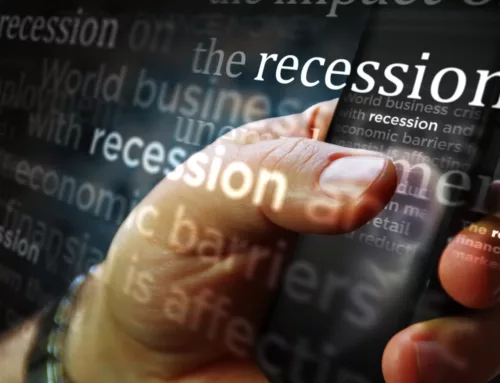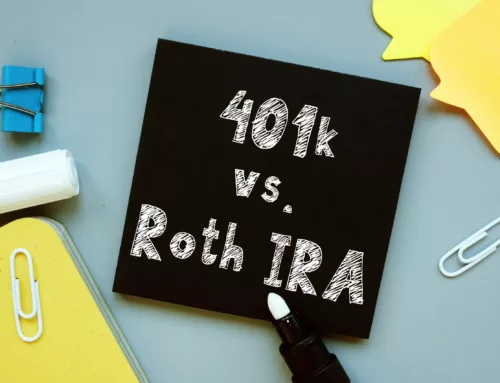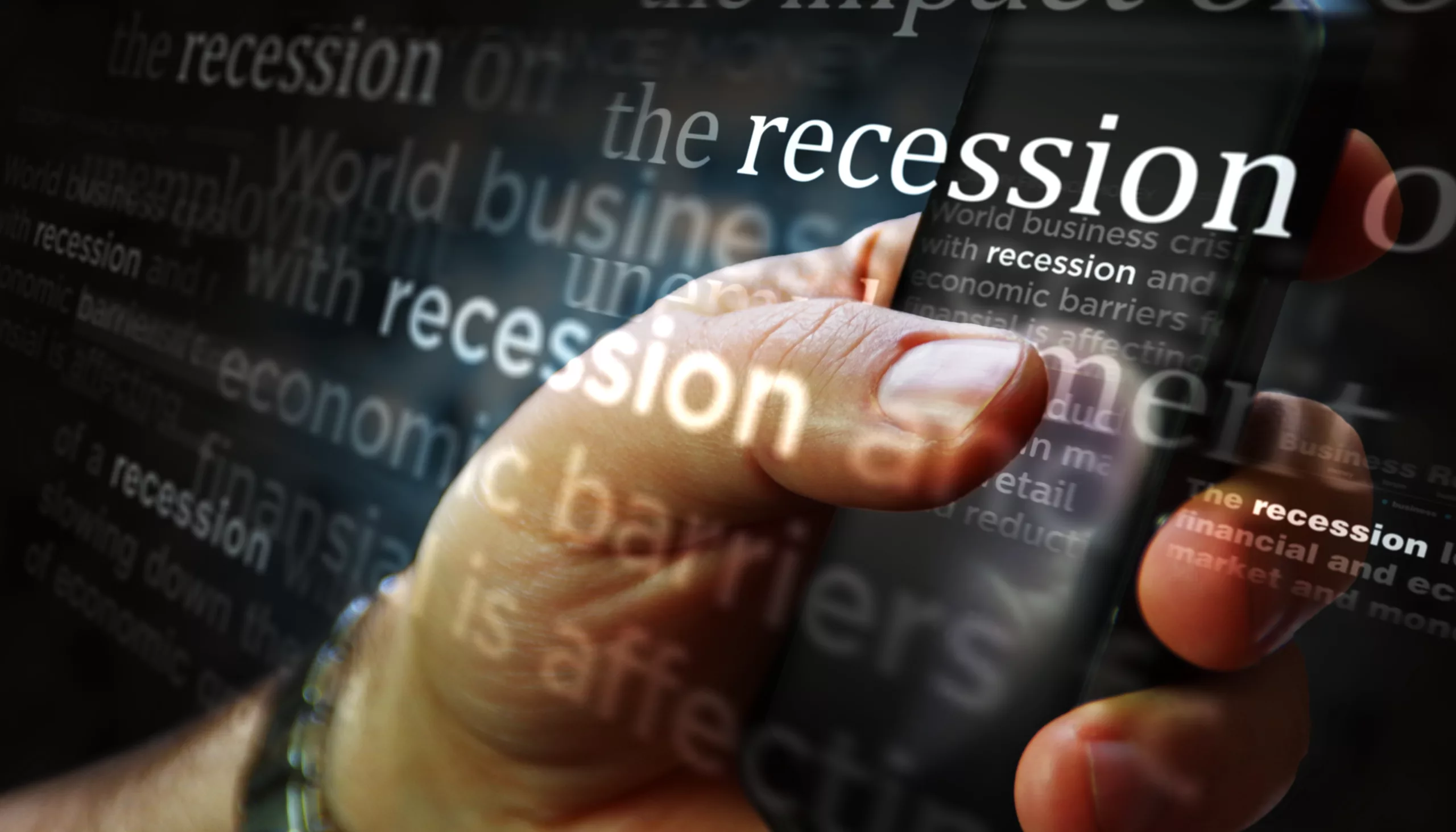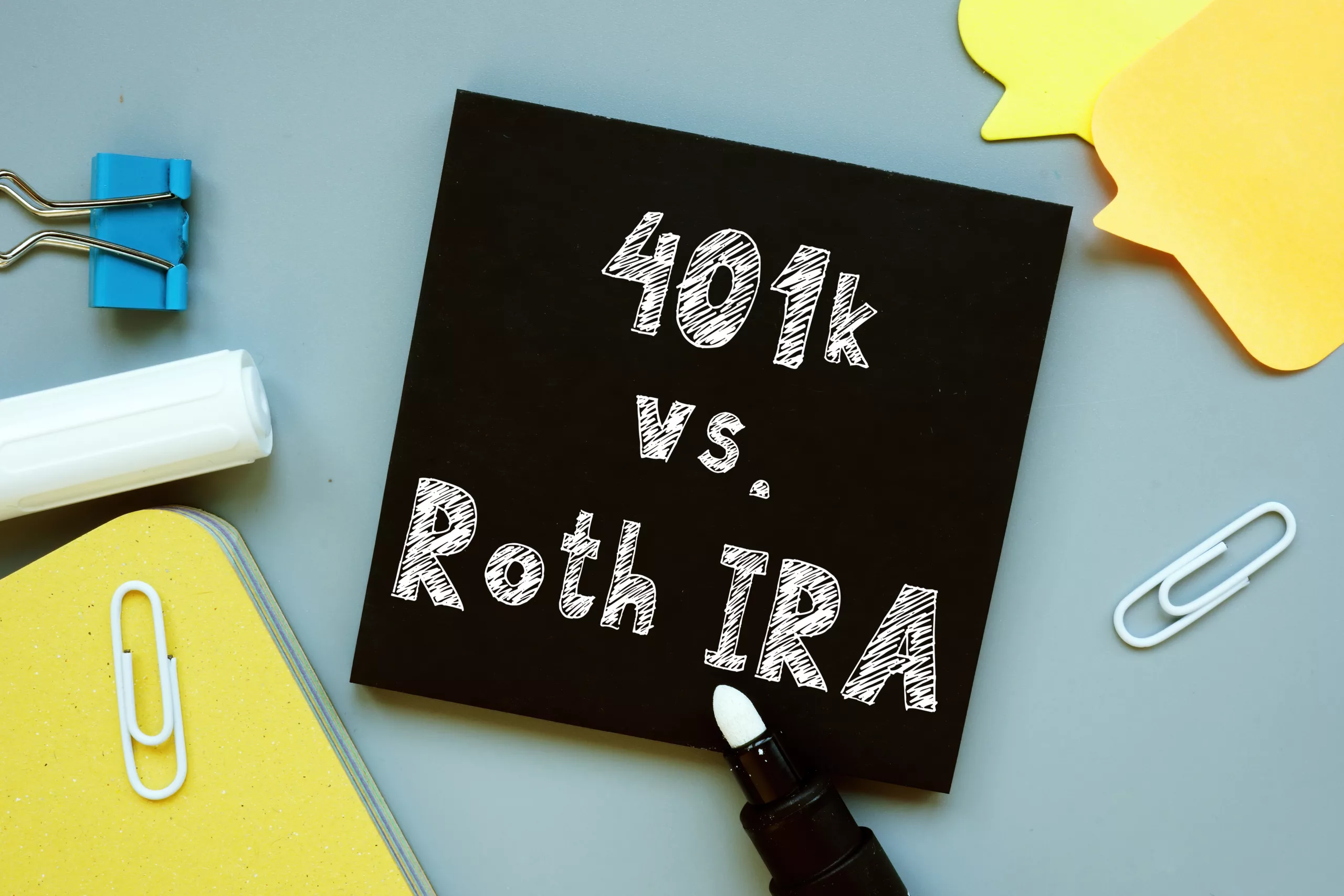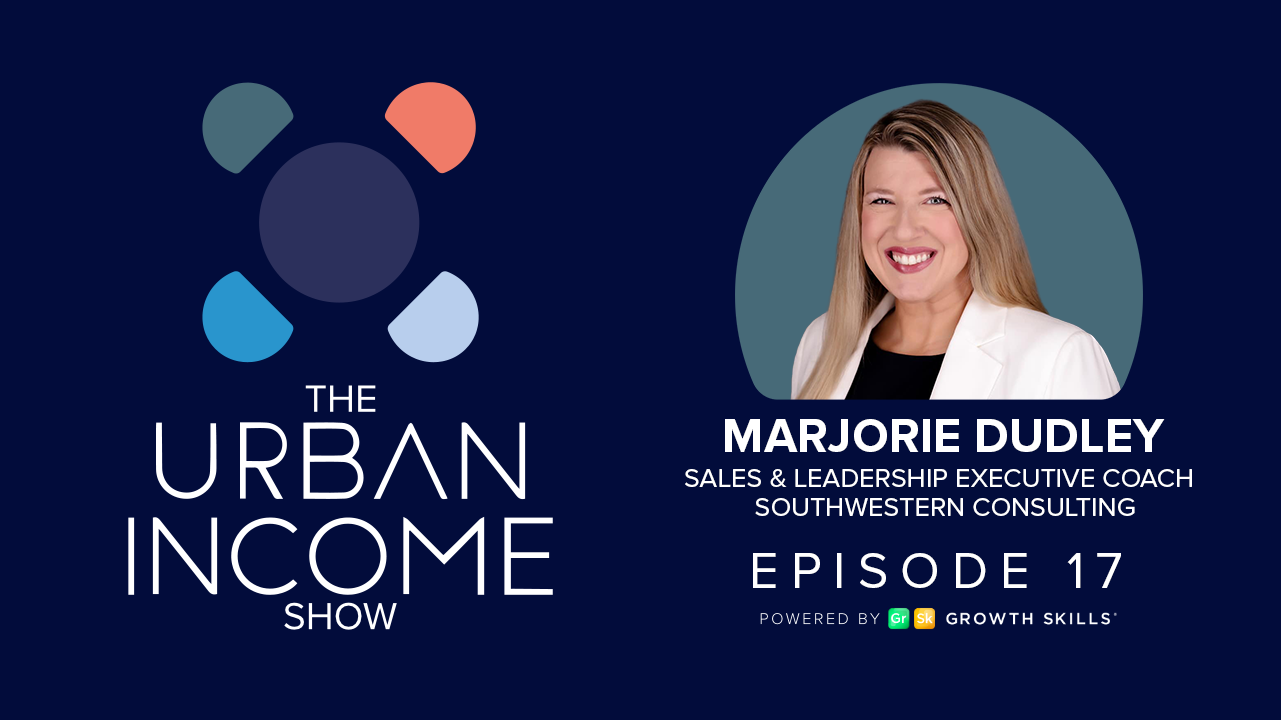What are ETFs and Why Should You Invest in Them
As ETFs continue to grow in popularity and are a great option for investors old and new, we thought we should make an article that talks about everything you need to know about this affordable, diversified, and flexible way to jump into the market.
So What Are ETFs?
ETFs stand for “exchange-traded funds.” They are sold like common stocks, traded throughout the day while the market is open, and like mutual funds, they consist of a collection of stocks, bonds, commodities, currencies, or a mixture of them.
One fund can range from 25 to over 7,000 stocks and gives the new investor a great and often inexpensive way to have a large stake in many different companies. So instead of having to buy stocks like Amazon, Google, Tesla, and Apple in full shares separately, you can own a portion of them in S&P 500 ETFs. This power of diversification in every fund can reduce the risk and increase your returns.
For any new investor who doesn’t have that much knowledge of the markets, ETFs allow you to make intelligent investments without having to have a Master’s Degree in economics. They can also be bought and sold at no cost at most major online brokers.
What Type of ETFs Are There?
There’s a huge variety of ETFs to choose from, so it is important to be familiar with every option and select funds that fit your tastes, knowledge, and investment strategies. Here are some examples of ETFs:
Market-cap Index
These are ETFs based on the total value of a company’s share prices and include the most valuable corporations sold in the stock market — i.e., Apple, IBM, Amazon, Meta, and Google.
International
There are many companies outside of the United States that are doing big things both financially and for the betterment of mankind. These ETFs allow you to invest in them.
Dividend
A dividend is a distribution of profits from a company to its shareholders. These ETFs include stocks from companies with a history of offering dividends at different times during the year.
Sector
Like technology, health care, utilities, or real estate? These ETFs let you invest in companies that offer similar products and services.
Commodity
Invest in raw materials, goods, and resources like oil, beef, iron, gold, and platinum.
Why Should You Invest in ETFs?
The old saying “Don’t put all your eggs in one basket.” is a perfect description of why anyone would want to choose ETFs as an investment option.
Because of their wide array of holdings, ETFs provide the benefits of diversification, including lower risk and less volatility, which often makes a fund safer to own than an individual stock.
Although individual stocks, if picked correctly, can bring in higher returns, they can also provide greater losses. Think of roulette — yes, you can win more money if you guess the right number, but your chances of winning anything are greater if you just put your chips on red or black.
Can ETFs Tackle Recessions?
Legendary hedge fund investor and founder of Bridgewater Associates, Ray Dalio, created an All Weather Portfolio that is designed to help anyone survive economic hardships and uncertainty.
In his time-tested formula, he allocated a portfolio into five different buckets.
- 30% US stocks
- 40% long-term treasuries
- 15% intermediate-term treasuries
- 7.5% commodities, diversified
- 7.5% gold
Luckily, there are ETFs that cover each of these areas, and they are easy to purchase and hold.
In Summary
Bottom line — if you want an inexpensive and easy way to invest without all the research and financial know-how it takes to adequately invest in individual stocks, then ETFs are for you.
Yes, it is true that, like any investment, there is risk, and no one is guaranteed to make a profit; however, if you are able to buy a variety of ETFs — commodities, bonds, and stocks and hold those investments for a good amount of time, you will be able to navigate the chaotic and unpredictable murky-market waters more confidently.
